
Kensington Gardens, once the private gardens of Kensington Palace, are among the Royal Parks of London. The gardens are shared by the City of Westminster and the Royal Borough of Kensington and Chelsea and sit immediately to the west of Hyde Park, in western central London known as the West End. The gardens cover an area of 107 hectares. The open spaces of Kensington Gardens, Hyde Park, Green Park, and St. James's Park together form an almost continuous "green lung" in the heart of London. Kensington Gardens are Grade I listed on the Register of Historic Parks and Gardens.

Peter Zumthor is a Swiss architect whose work is frequently described as uncompromising and minimalist. Though managing a relatively small firm, he is the winner of the 2009 Pritzker Prize and 2013 RIBA Royal Gold Medal.

The Serpentine Galleries are two contemporary art galleries in Kensington Gardens, Westminster, Greater London. Recently rebranded to just Serpentine, the organisation is split across Serpentine South, previously known as the Serpentine Gallery, and Serpentine North, previously known as the Sackler Gallery. The gallery spaces are within five minutes' walk of each other, linked by the bridge over the Serpentine Lake from which the galleries get their names. Their exhibitions, architecture, education and public programmes attract up to 1.2 million visitors a year. Admission to both galleries is free. The CEO is Bettina Korek, and the artistic director Hans Ulrich Obrist.

Olafur Eliasson is an Icelandic–Danish artist known for sculptured and large-scaled installation art employing elemental materials such as light, water, and air temperature to enhance the viewer's experience.
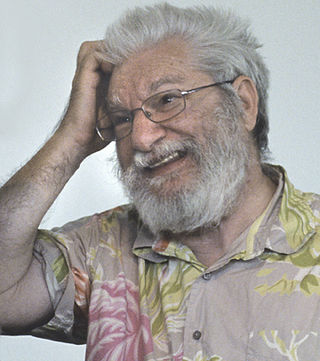
Daniel Graham was an American visual artist, writer, and curator in the writer-artist tradition. In addition to his visual works, he published a large array of critical and speculative writing that spanned the spectrum from heady art theory essays, reviews of rock music, Dwight D. Eisenhower's paintings, and Dean Martin's television show. His early magazine-based art predates, but is often associated with, conceptual art. His later work focused on cultural phenomena by incorporating photography, video, performance art, glass and mirror installation art structures, and closed-circuit television. He lived and worked in New York City.
Richard Wentworth is a British artist, curator and teacher.
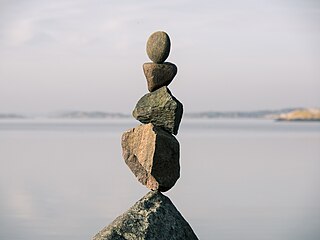
Rock balancing is a form of recreation or artistic expression in which rocks are piled in balanced stacks, often in a precarious manner.

Doug Aitken is an American multidisciplinary artist. Aitken's body of work ranges from photography, print media, sculpture, and architectural interventions, to narrative films, sound, single and multi-channel video works, installations, and live performance. He currently lives in Venice, California, and New York City.
The Way Things Go is a 1987 16 mm art film by the Swiss artist duo Peter Fischli and David Weiss. It documents a long causal chain assembled of everyday objects and industrial materials in the manner of a Rube Goldberg machine, though without the trope of accomplishing a relatively mundane task at the end.

Peter Fischli and David Weiss, often shortened to Fischli/Weiss, were a Swiss artist duo that collaborated beginning in 1979. Their best-known work is the film Der Lauf der Dinge, described by The Guardian as being "post apocalyptic", as it concerned chain reactions and the ways in which objects flew, crashed and exploded across the studio in which it was shot. Fischli lives and works in Zürich; Weiss died on 27 April 2012.

Cecil Balmond OBE is a British Sri Lankan designer, artist, and writer. In 1968, Balmond joined Ove Arup & Partners, leading him to become deputy chairman. In 2000, he founded design and research group, the AGU . He currently holds the Paul Philippe Cret Chair at PennDesign as Professor of Architecture where he is also the founding director of the Non Linear Systems Organization, a material and structural research unit. He has also been Kenzo Tange Visiting Design Critic at Harvard Graduate School of Architecture (2000), Eero Saarinen Visiting Professor at Yale University School of Architecture (1997-2002) and visiting fellow at London School of Economics Urban Cities Programme (2002-2004).
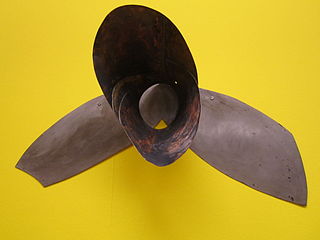
Alison Mary Wilding OBE, RA is an English artist noted for her multimedia abstract sculptures. Wilding's work has been displayed in galleries internationally.
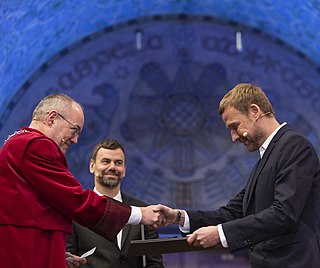
Michael Elmgreen and Ingar Dragset have worked together as an artist duo since 1995. Their work explores the relationship between art, architecture and design.

A balancing rock, also called a balanced rock or precarious boulder, is a naturally occurring geological formation featuring a large rock or boulder, sometimes of substantial size, resting on other rocks, bedrock, or on glacial till. Some formations known by this name only appear to be balancing, but are in fact firmly connected to a base rock by a pedestal or stem.
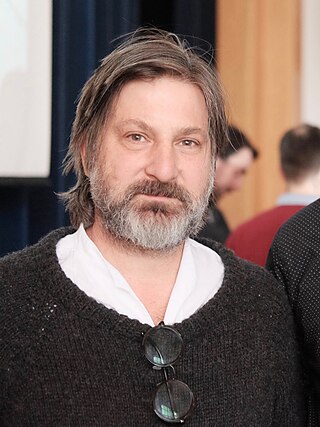
Smiljan Radic is a Chilean architect of Croatian heritage.
Michael Grab is an artist specializing in rock balancing, photography, and videography. He was born in Edmonton, Alberta, Canada and currently based in Boulder, Colorado, United States, and has worked professionally since 2008, creating precarious, short-lived works of art, usually in natural and often remote settings.

SelgasCano is a Spanish architectural office based in Madrid and founded in 1998 by José Selgas and Lucía Cano. The atelier focuses on the use of polychromy, creative exploration of new materials and the relationship between architecture and its surrounding landscape.
Amira Gad is an independent art curator, writer, and editor in modern and contemporary art and architecture. She's currently Curator at Large at KANAL - Centre Pompidou in Brussels as well as working on forthcoming exhibitions in a number of institutions including at Het HEM. Previously, she was Head of Programs at LAS Art Foundation in Berlin (2020-2023), curator at the Serpentine Galleries in London (2014-2020), and Kunstinstituut Melly in Rotterdam (2009-2014). She's Egyptian, born in France and grew up in Saudi Arabia.
Precious Okoyomon is a Nigerian-American artist, poet, and chef. They live and work in New York City.
















